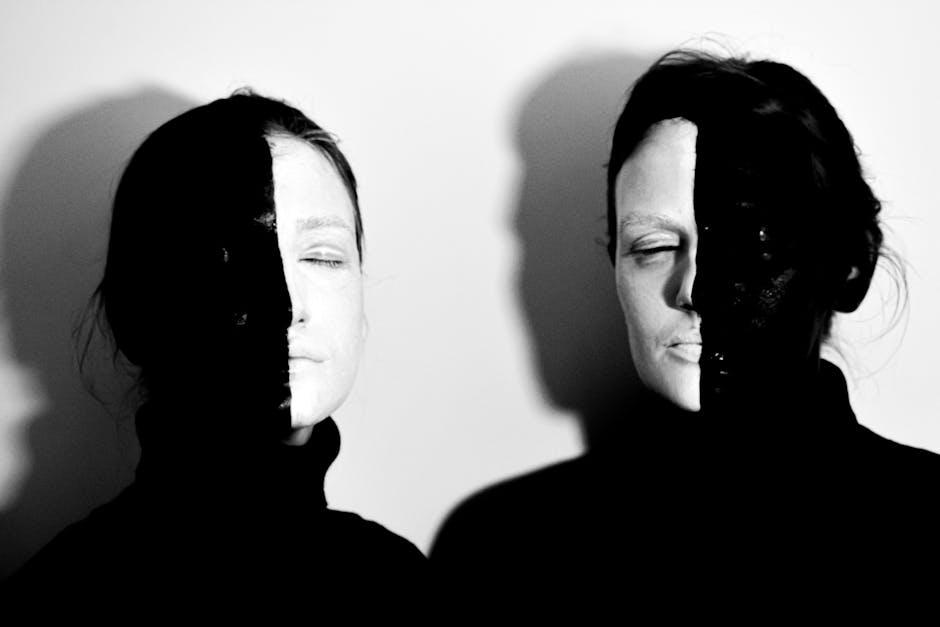In the world of design, every color has a story to tell. From bold reds to calming blues, the power of color psychology is a potent tool that can influence our emotions, behavior, and perception. Choosing the right palette can make or break a design, setting the tone and creating a lasting impact on its viewers. Join us as we explore the fascinating world of color psychology and how it shapes the way we see the world around us.
When it comes to design, color psychology plays a crucial role in evoking emotions and influencing behavior. By carefully selecting the right color palette, designers can create a harmonious and impactful visual experience for their audience. Utilizing a combination of contrast and saturation, designers can elevate their designs to new heights, capturing the attention of viewers and guiding their focus. Whether it’s a vibrant and bold palette or a soft and soothing one, the strategic application of color can make a significant difference in how a design is perceived.
From websites to advertisements, packaging to branding, the power of color psychology can be harnessed in various design contexts. By understanding the principles of color theory and how different hues can affect mood and behavior, designers can create compelling and effective visual communication. Through thoughtful consideration of color combinations and their psychological impact, designers can craft designs that not only look visually appealing but also resonate with viewers on a deeper level.
In conclusion, the impact of color psychology in design cannot be understated. The right palette has the ability to evoke emotions, convey messages, and create lasting impressions. By understanding the power of color, designers can effectively communicate their vision and connect with their audience on a deeper level. So next time you embark on a design project, consider the psychological implications of the colors you choose. Your palette just might be the key to unlocking the full potential of your creative vision.


